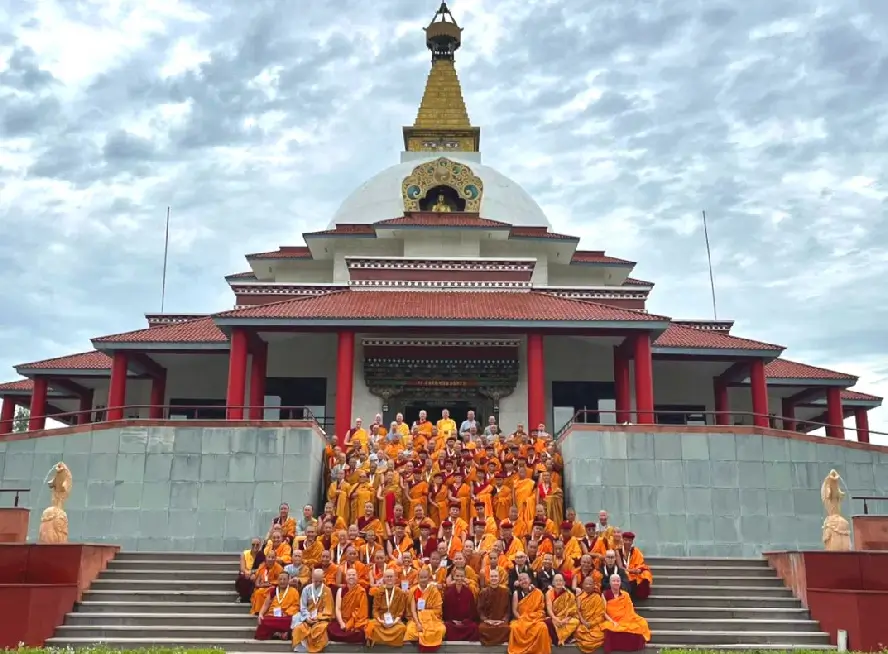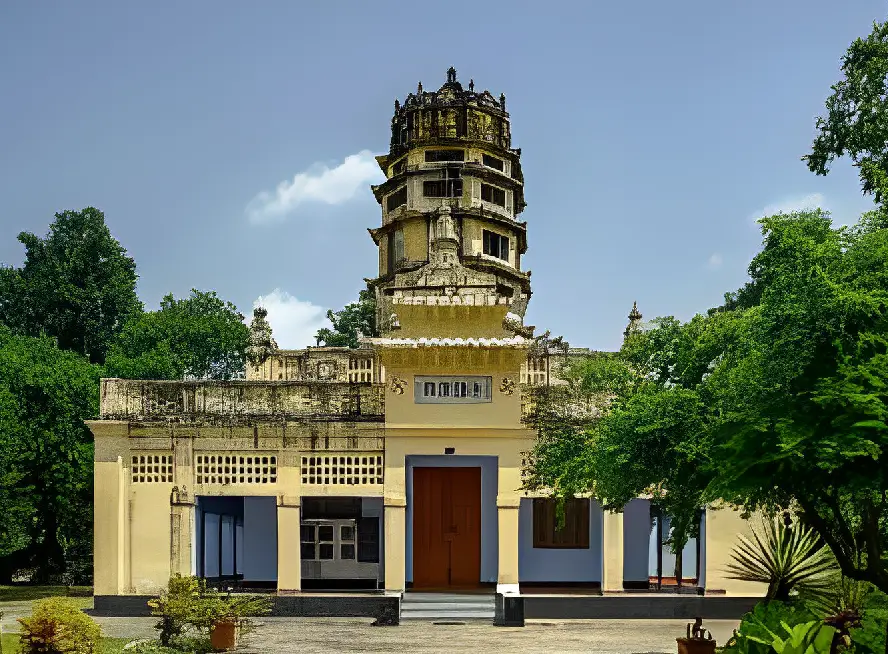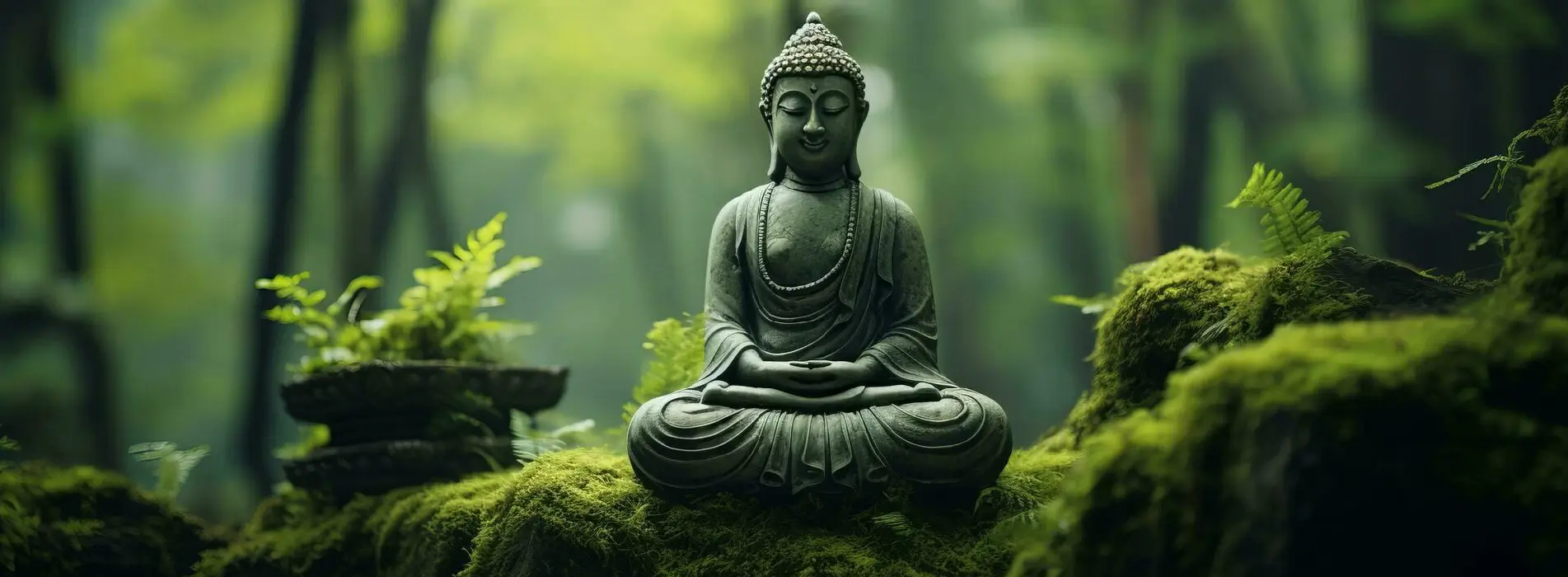Shravasti, Uttar Pradesh




Shravasti, Uttar Pradesh
An ancient city from the time of the Buddha, Shravasti is located in the north Indian state of Uttar Pradesh. Shravasti was known for being a prosperous city and the capital of the Kosala Kingdom, and was recognized as being one of the six major cities in ancient India. But more importantly, Shravasti is known as one of the popular Buddhist tourist destinations in India for being the place where the Buddha showcased miracles and further established a name for himself. With his spiritual power, he managed to showcase several miracles to disprove the heretics and surprise them. Also known as the “Miracles at Shravasti”, there are two versions of the story. In one instance, flames emerged from the shoulders of the Buddha, and water came out from under his feet, which further changed colors and then proceeded to split himself into multiple images while sitting on a lotus flower with a thousand petals, shocking the people. After which, it started raining. The raindrops then proceeded to fall only on those who wished to get wet and not on those who wished to remain dry from the rain. It was these series of miracles that surprised the heretics and the observing people, who then, finally recognized the Buddha to be a superior being who had attained enlightenment, leading a good number of people to join the Sangha, or the Buddhist community, to further spread his understandings to the world.
The site of the Twin Miracles, Shravasti is today an important destination for a Buddhist pilgrimage tour in India. It is at Shravasti that the Buddha spent 25 years of his life after being invited to the city by a rich merchant, named Anathapindika, and as such, delivered a number of sermons to the community. Today, there are a number of places of interest that can be explored on a tourism expedition to Shravasti. At Shravasti, Anathapindika then decided to buy a piece of land from Prince Jeta to establish a monastery for the Buddha, which was later called the Jetavana. The ruins of Shravasti that were excavated from the region also brought up a stupa dedicated to Anathapindika, as well as a stupa dedicated to another disciple of the Buddha, Angulimal. Angulimal was one disciple of the Buddha, who turned to the principle of non-violence and changed his way of life and turned it around from when he lived as a violent criminal.
There is also the Ananda Bodhi Tree, which is said to have been planted by Anathapindika, with a sapling from the original Bodhi Tree. The Buddha allowed for its plantation so that his disciples could pay his respects to him in his absence from the Jetavana. He then proceeded to sanctify the Bodhi Tree by spending time under it meditating, making it one of the best places to visit in Shravasti even today. The region of Shravasti is said to have flourished for centuries even as it saw many dynasties such as the Magadhan, Mauryan, and the Kushana Empires. It was then, until the end of the reign of the Gupta Empire that Shravasti saw a decline and later, fell into ruin. It would be centuries later, during the excavations held between 1862-1863, that Shravasti as a revered Buddhist destination would be available for the devotees.





















